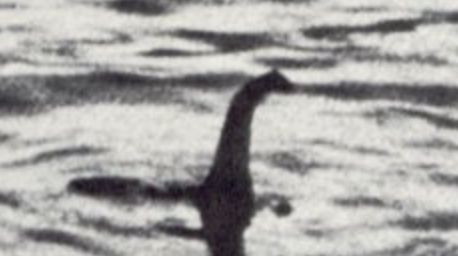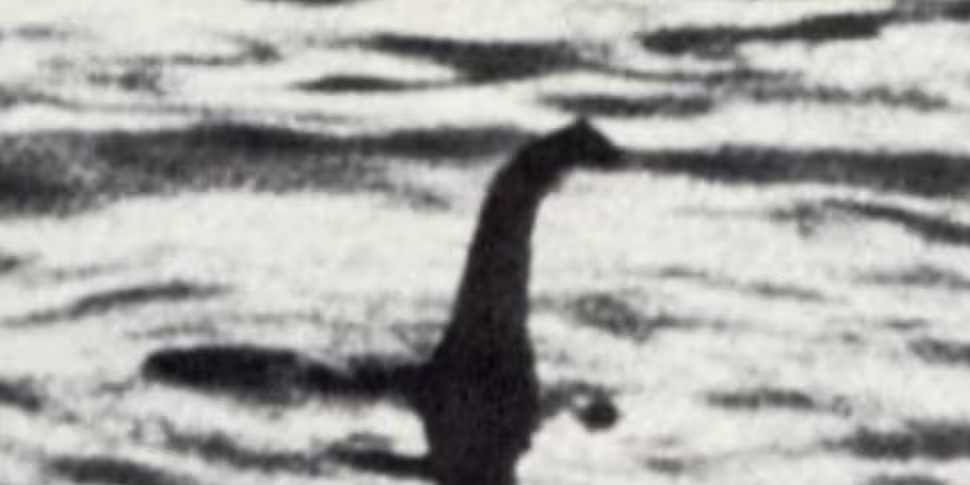 A hoaxed photo of the 'Loch Ness Monster' from 1934. Image: Wikipedia
A hoaxed photo of the 'Loch Ness Monster' from 1934. Image: WikipediaA ''very significant'' amount of eel DNA was found in Loch Ness.
New Zealand researchers think the creature nicknamed the Loch Ness monster could actually be a very large eel.
Scientsists studied animal DNA in the large body of water and have ruled out theories about an ancient reptile, shark, giant catfish or sturgeon.
Instead their explanation for Nessie is that people might have seen either one massive eel or a collection of smaller ones.
European eels are among the creatures in the loch, and whose DNA was picked up by the new research.
Juvenile eels, known as elvers, arrive in Scottish rivers and lochs after migrating more than 3,100 miles (5,000 km) from the Sargasso Sea near the Bahamas, where the animals spawn and lay eggs.
''We've used science to add another chapter to Loch Ness' mystique.''
Prof Neil Gemmell, a geneticist from New Zealand's University of Otago. said: "People love a mystery, we've used science to add another chapter to Loch Ness' mystique.
"We can't find any evidence of a creature that's remotely related to that in our environmental-DNA sequence data. So, sorry, I don't think the plesiosaur idea holds up based on the data that we have obtained."
He added: "So there's no shark DNA in Loch Ness based on our sampling. There is also no catfish DNA in Loch Ness based on our sampling. We can't find any evidence of sturgeon either,
"There is a very significant amount of eel DNA. Eels are very plentiful in Loch Ness, with eel DNA found at pretty much every location sampled - there are a lot of them. So - are they giant eels?
"Well, our data doesn't reveal their size, but the sheer quantity of the material says that we can't discount the possibility that there may be giant eels in Loch Ness. Therefore we can't discount the possibility that what people see and believe is the Loch Ness Monster might be a giant eel."













